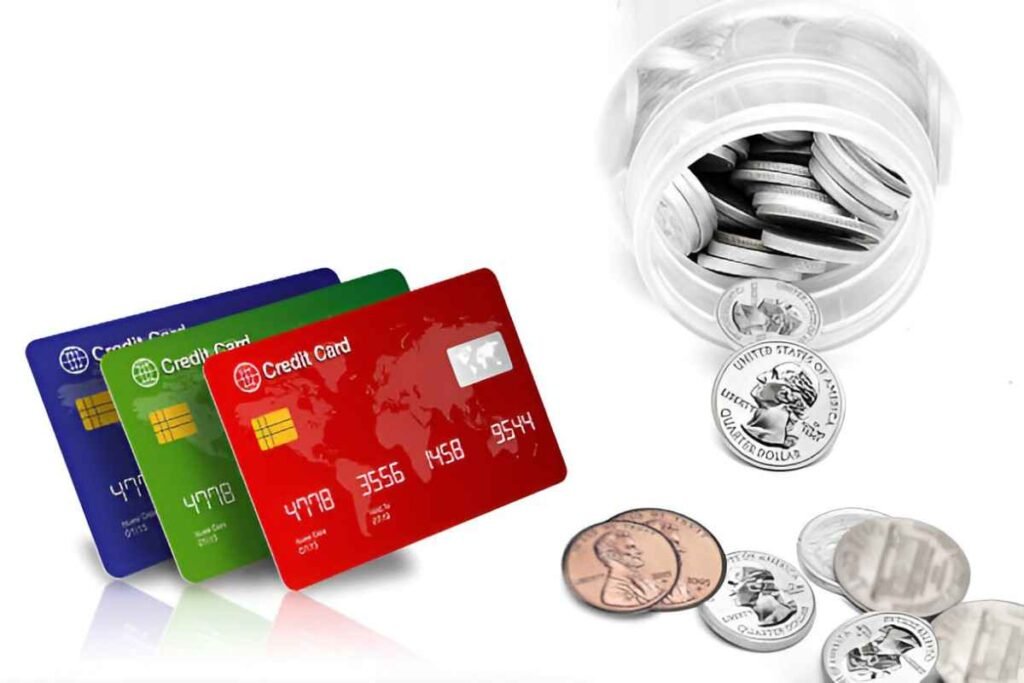Credit cards with 0% interest rates can be useful financial tools when managed correctly. They offer a temporary period with no interest on purchases, balance transfers, or both. This feature allows people to pay off debt or make large purchases without accumulating additional interest charges. However, it’s essential to understand how these cards work, their benefits, potential pitfalls, and how to choose the right one.
Table of Contents
How Do 0% Interest Credit Cards Work?
A 0% interest credit card provides a promotional period during which the cardholder is not charged interest on purchases, balance transfers, or sometimes both. The promotional period typically lasts between 6 to 24 months. After this period, the standard interest rate, known as the annual percentage rate (APR), applies to any remaining balance. These cards often come with conditions, such as balance transfer fees or spending requirements.
Key Features of 0% Interest Credit Cards
- Promotional Period: Ranges from a few months to two years.
- Balance Transfer Offers: Some cards allow you to move debt from another card.
- Standard APR: Applied once the introductory period ends.
- Credit Score Impact: Applying for a card can result in a hard inquiry.
- Minimum Payments: Monthly payments are still required during the 0% period.
Benefits of 0% Interest Credit Cards
Using a 0% interest credit card wisely can offer several advantages:
- Debt Consolidation: You can transfer high-interest debt to the card and pay it off faster without additional interest.
- Large Purchases: Spreading the cost of expensive items over several months without paying extra.
- Cash Flow Management: Helps manage finances more effectively without the immediate pressure of interest charges.
- Savings: Avoiding interest allows you to save money or invest elsewhere.
Example of Potential Savings
Consider a person with a $5,000 balance on a credit card with a 20% APR. If they switch to a 0% interest card for 18 months, they could save significantly on interest payments.
| Scenario | Regular Credit Card | 0% Interest Card |
|---|---|---|
| Interest Rate | 20% | 0% |
| Monthly Payment | $250 | $250 |
| Interest Paid Over 18 Months | $800 | $0 |
By using the 0% card, they could redirect the $800 saved toward reducing their principal balance.
Potential Downsides to Consider
While these cards offer benefits, they also come with potential risks:
- Deferred Interest: If the balance isn’t paid off by the end of the period, high interest may be retroactively applied.
- Balance Transfer Fees: Many cards charge fees ranging from 3% to 5% on transferred balances.
- Credit Score Impact: Applying for multiple cards can lower your credit score.
- Spending Temptation: A 0% rate might encourage overspending, leading to higher debt.
- Reversion to High APRs: After the promotional period, standard rates can be significantly higher.
Example of Balance Transfer Fees
If you transfer $10,000 to a 0% card with a 3% fee, you would pay $300 upfront. The following table illustrates the cost comparison:
| Transfer Amount | Fee Percentage | Fee Amount |
|---|---|---|
| $5,000 | 3% | $150 |
| $10,000 | 3% | $300 |
| $20,000 | 5% | $1,000 |
Understanding such fees is crucial to avoid unexpected costs.
Choosing the Right 0% Interest Credit Card
Several factors should guide your decision when selecting the best card for your needs:
- Duration of the 0% Offer: Look for the longest promotional period available.
- Purpose: Whether you need it for purchases, balance transfers, or both.
- Fees: Consider balance transfer fees, annual fees, and late payment fees.
- Credit Score Requirements: Some cards require excellent credit to qualify.
- Rewards and Benefits: Some cards offer cashback or rewards even during the 0% period.
Comparison of Popular 0% Interest Credit Cards
| Card Name | 0% APR Period | Balance Transfer Fee | Standard APR | Annual Fee |
|---|---|---|---|---|
| Card A | 18 months | 3% | 15.99% | $0 |
| Card B | 21 months | 5% | 16.99% | $95 |
| Card C | 15 months | 0% (limited time) | 14.99% | $0 |
Comparing these features can help identify which card aligns best with your financial goals.
Strategies for Maximizing a 0% Interest Credit Card
To take full advantage of a 0% credit card, consider the following strategies:
- Pay More Than the Minimum: Aim to pay off the full balance before the promotional period ends.
- Avoid New Debt: Don’t use the card for unnecessary purchases.
- Monitor the Expiry Date: Set reminders to avoid unexpected interest charges.
- Calculate Monthly Payments: Divide the total amount by the number of months to stay on track.
For example, if you have a $6,000 balance on an 18-month 0% card, dividing it by 18 months means you should pay at least $333 per month to avoid paying interest.
Common Myths About 0% Interest Credit Cards
Several misconceptions exist about these cards, such as:
- “No Interest Means No Payments Needed” – You still have to make at least the minimum monthly payments.
- “It Won’t Affect My Credit Score” – Applying for a new card impacts your credit score temporarily.
- “All Purchases Are Interest-Free” – Some cards only offer 0% on balance transfers, not purchases.
Conclusion
A 0% interest credit card can be a powerful financial tool when used responsibly. Whether you’re looking to consolidate debt or finance a large purchase, these cards offer flexibility and potential savings. However, understanding the terms, making timely payments, and avoiding unnecessary spending are crucial to reaping the benefits. Carefully comparing options and planning your repayment strategy will ensure you make the most of the interest-free period.





